More than 10^7 kg of extraterrestrial objects or meteoroids ranging in size from a few microns to tens of meters in diameter enter the Earth’s atmosphere every year. A small fraction of these yields free samples of extraterrestrial matter - meteorites - for laboratory study. The majority, which burn up or ablate completely in the Earth’s atmosphere, appear as visible meteors in the night sky. Recording meteor activity and modelling the process of ablation allow us to measure directly the flux of small planetary impactors. This provides the 'ground truth' for estimating present cratering rates and planetary surface ages by implication.
The application of the latest observational and modeling techniques has rendered meteor science as one of the leading avenues for investigating the nature and origin of interplanetary matter and its parent bodies. This session will provide a forum for presenting fundamental results and novel ideas in this area and informing the broader planetary science community of the interdisciplinary impact of present and future work. In particular, it will solicit contributions related to planetary defense and the impact hazard from meter-sized asteroids.
The application of the latest observational and modeling techniques has rendered meteor science as one of the leading avenues for investigating the nature and origin of interplanetary matter and its parent bodies. This session will provide a forum for presenting fundamental results and novel ideas in this area and informing the broader planetary science community of the interdisciplinary impact of present and future work. In particular, it will solicit contributions related to planetary defense and the impact hazard from meter-sized asteroids.

